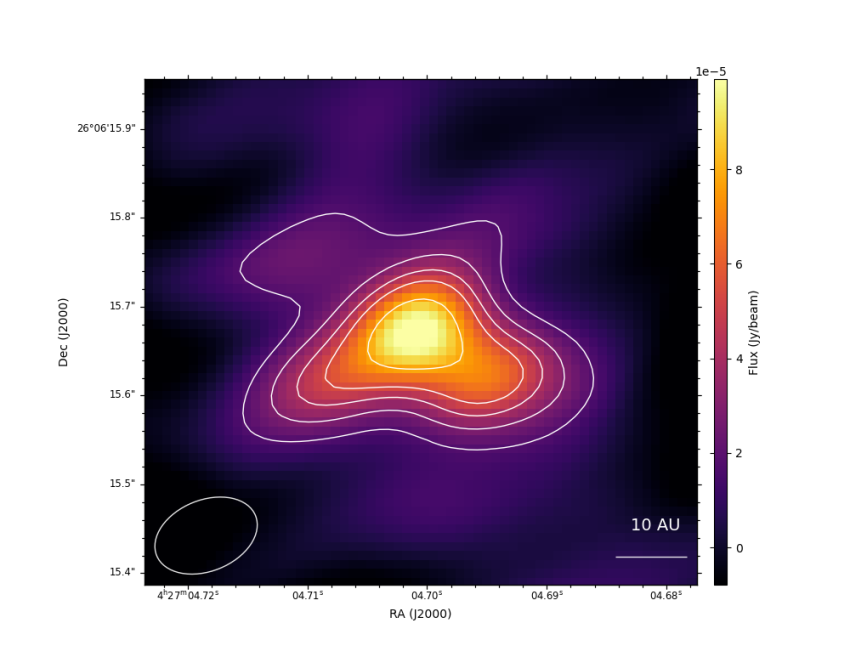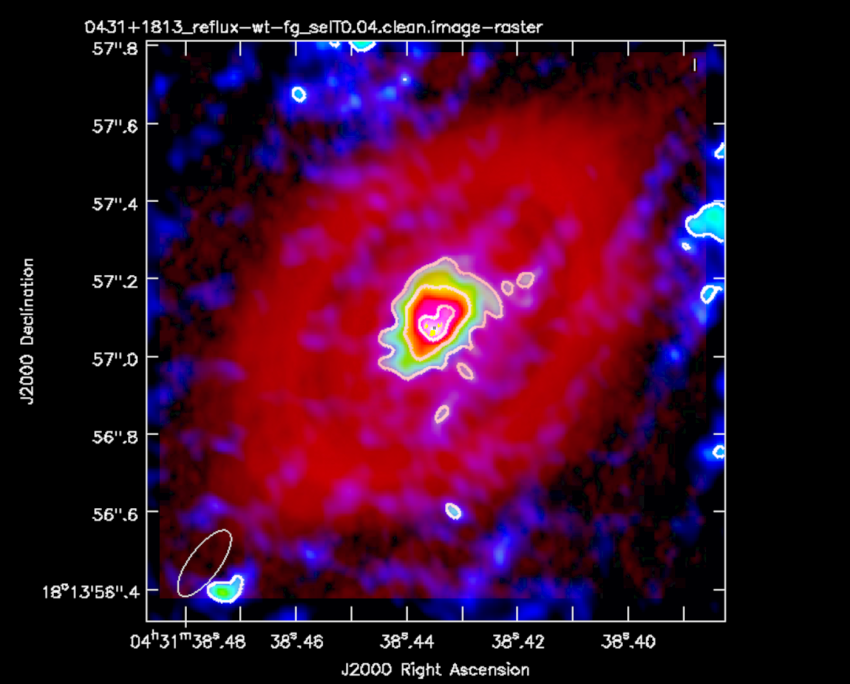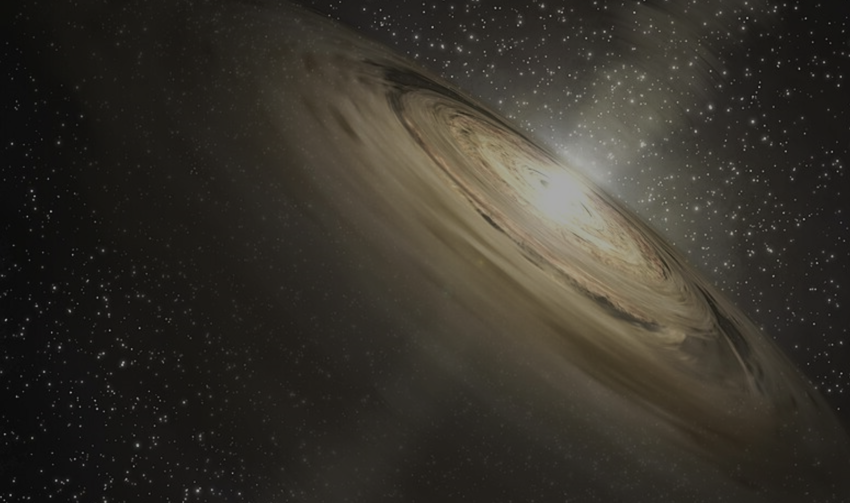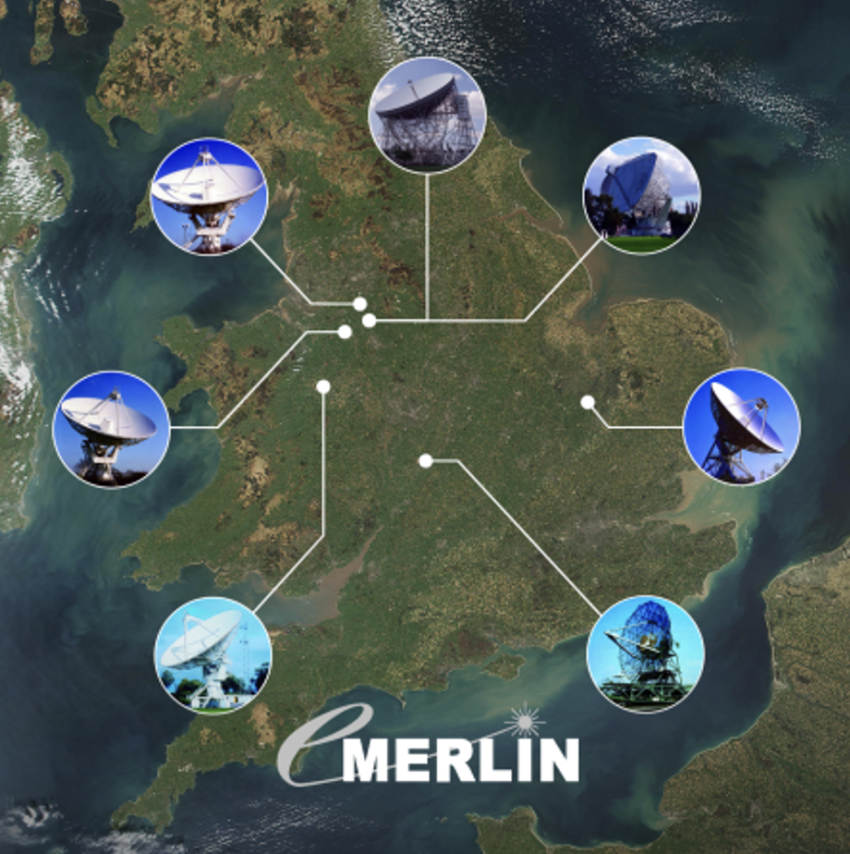9.07.2025
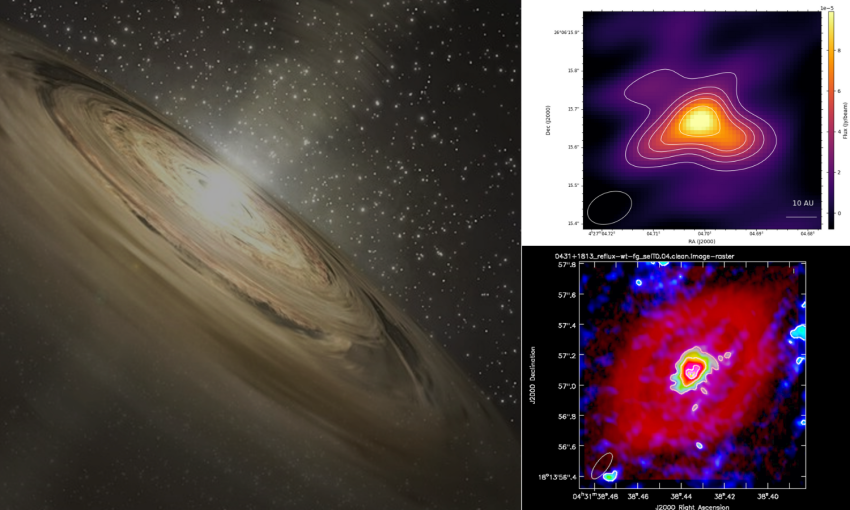
A fascinating glimpse into how a solar system like our own is born has been revealed with the detection of planet-forming 'pebbles' around two young stars.
These seeds to make new worlds are thought to gradually clump together over time, in much the same way Jupiter was first created 4.5 billion years ago, followed by Saturn, Uranus, Neptune, Mercury, Venus, Earth and Mars.
The planet-forming discs, known as protoplanetary discs, were spotted out to at least Neptune-like orbits around the young stars DG Tau and HL Tau, both around 450 light-years from Earth.
The new observations, revealed at the Royal Astronomical Society’s National Astronomy Meeting 2025 in Durham, are helping to fill in a missing piece of the planet formation puzzle.
"These observations show that discs like DG Tau and HL Tau already contain large reservoirs of planet-forming pebbles out to at least Neptune-like orbits," said researcher Dr Katie Hesterly, of the SKA Observatory.
"This is potentially enough to build planetary systems larger than our own solar system."
The latest research is part of the PEBBLeS project (Planet Earth Building-Blocks – a Legacy eMERLIN Survey), led by Professor Jane Greaves, of Cardiff University.
By imaging the rocky belts of many stars, the team are looking for clues to how often planets form, and where, around stars that will evolve into future suns like our own.
The survey uses e‑MERLIN, an interferometer array of seven radio telescopes spanning 217 km (135 miles) across the UK and connected by a superfast optical fibre network to its headquarters at Jodrell Bank Observatory in Cheshire.
It is currently the only radio telescope able to study protoplanetary discs – the cosmic nurseries where planets are formed – at the required resolution and sensitivity for this science.
"Through these observations, we’re now able to investigate where solid material gathers in these discs, providing insight into one of the earliest stages of planet formation," said Professor Greaves.
Since the 1990s, astronomers have found both disks of gas and dust, and nearly 2,000 fully-formed planets, but the intermediate stages of formation are harder to detect.
"Decades ago, young stars were found to be surrounded by orbiting discs of gas and tiny grains like dust or sand," said Dr Anita Richards, of the Jodrell Bank Centre for Astrophysics at the University of Manchester, who has also been involved in the research.
"Enough grains to make Jupiter could be spread over roughly the same area as the entire orbit of Jupiter, making this easy to detect with optical and infra-red telescopes, or the ALMA submillimeter radio interferometer.
"But as the grains clump together to make planets, the surface area of a given mass gets smaller and harder to see."
For that reason, because centimetre-sized pebbles emit best at wavelengths similar to their size, the UK interferometer e-MERLIN is ideal to look for these because it can observe at around 4 cm wavelength.
In one new e‑MERLIN image of DG Tau’s disc, it reveals that centimetre-sized pebbles have already formed out to Neptune-like orbits, while a similar collection of planetary seeds has also been detected encircling HL Tau.
These discoveries offer an early glimpse of what the Square Kilometre Array (SKA) telescopes in South Africa and Australia will uncover in the coming decade with its improved sensitivity and scale, paving the way to study protoplanetary discs across the galaxy in unprecedented detail.
"e-MERLIN is showing what’s possible, and the SKA telescopes will take it further," said Dr Hesterly.
"When science verification with the SKA-Mid telescope begins in 2031, we’ll be ready to study hundreds of planetary systems to help understand how planets are formed."
Quelle: Royal Astronomical Society

